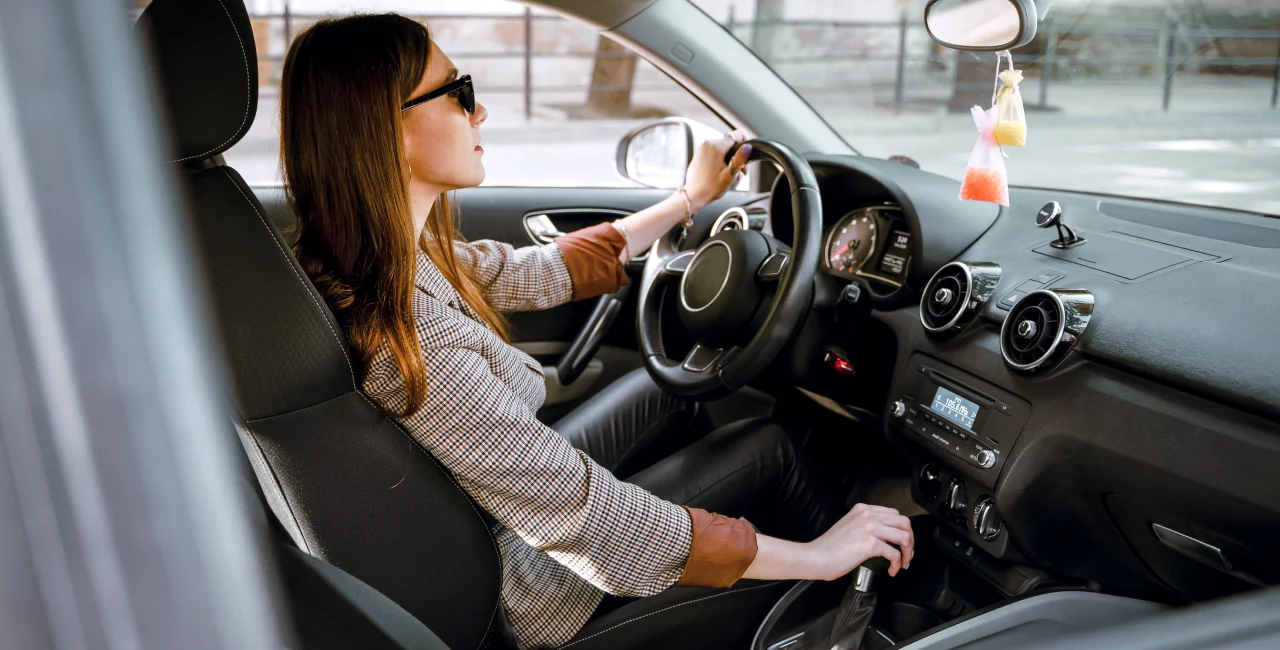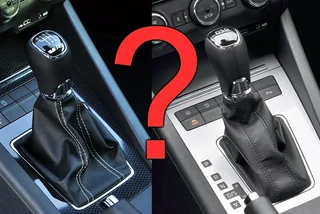Manual transmissions are disappearing from the production lines at domestic car manufacturers across the Czech Republic, as demand for “stick-shift” models continues to decline.
Hyundai, for instance, stopped production altogether at its plant in Nošovice earlier this year, reporting that consumer demand for manual transmissions had fallen from 71 percent 10 years ago to just 24 percent in 2023. Škoda Auto and Toyota, meanwhile, are reporting similar statistics.
In response to this downward trend, more and more Czech driving schools are offering training courses centered around automatic-gear cars.
Pavel Greiner, owner of Prague-based driving school Autoškola KING, confirms that interest among both Czechs and expats in becoming licensed to drive an automatic vehicle is at an all-time high. We asked him to explain the reasons behind this growing trend and shared some important things every foreigner should know about getting licensed to drive an automatic car in the Czech Republic.
A recent social shift has both driving schools and transport authorities acknowledging the benefits of teaching young drivers, drivers with disabilities, and even older drivers who are having trouble passing the driving exam on automatic vehicles.
In 2021, changes were introduced that now only give students three attempts each to pass their driving or written exams. If they aren't able to pass after three tries, they can only retake the exams after repeating lessons. Before the changes came into effect, students had unlimited opportunities to retake the tests. For those who have trouble passing the driving exam, an automatic is being seen as the better option for them.
While manuals currently still outnumber automatics on Czech motorways, the number is expected to fall in the coming years. Greiner debunks the long-held idea that automatics consume more fuel, adding that modern automatic gears also respond better to different driving styles and road conditions.
Today, roughly 30 percent of Greiner’s clients request training on an automatic. He said he started noticing a growing interest in automatics among his students eight years ago.
The main difference between training for an automatic license and for a “full” license, which is done on a manual car, is the price. Schools usually charge between CZK 1,000 and CZK 2,000 more for training you on an automatic car.
The rules are the same for all students regardless if you are training for manual or automatic. Czech law requires that you take 28 45-minute driving lessons at a driving school before you can register for a theory exam followed by a practical exam.
When you receive the standard Group B license, the back of the card will have a note that reads “Group B restrictions on driving vehicles with automatic transmission.” This means you’re not allowed to drive a manual car or even rent one, regardless of whether you can use a vehicle with a manual transmission.
If you’re stopped by the police, and you happen to be driving a manual car despite your automatic license, you will be treated as if you were driving without a driver's license. In most cases, this means a heavy fine (CZK 25,000 to CZK 50,000) and potentially a suspension of your license for up to two years.
This article was written in association with the English-friendly driving school Autoškola King. Founded in 2007 by Bc. Pavel Greiner, the school offers a professional approach, excellent English, and training on automatic cars. Read more about our partner content policies here.












 Reading time: 3 minutes
Reading time: 3 minutes 






















